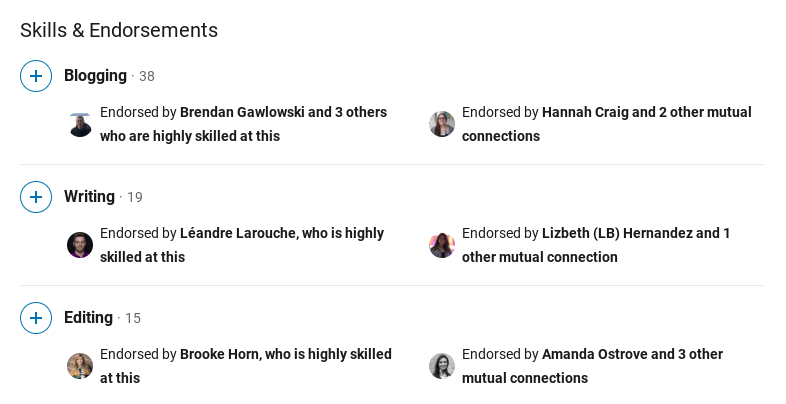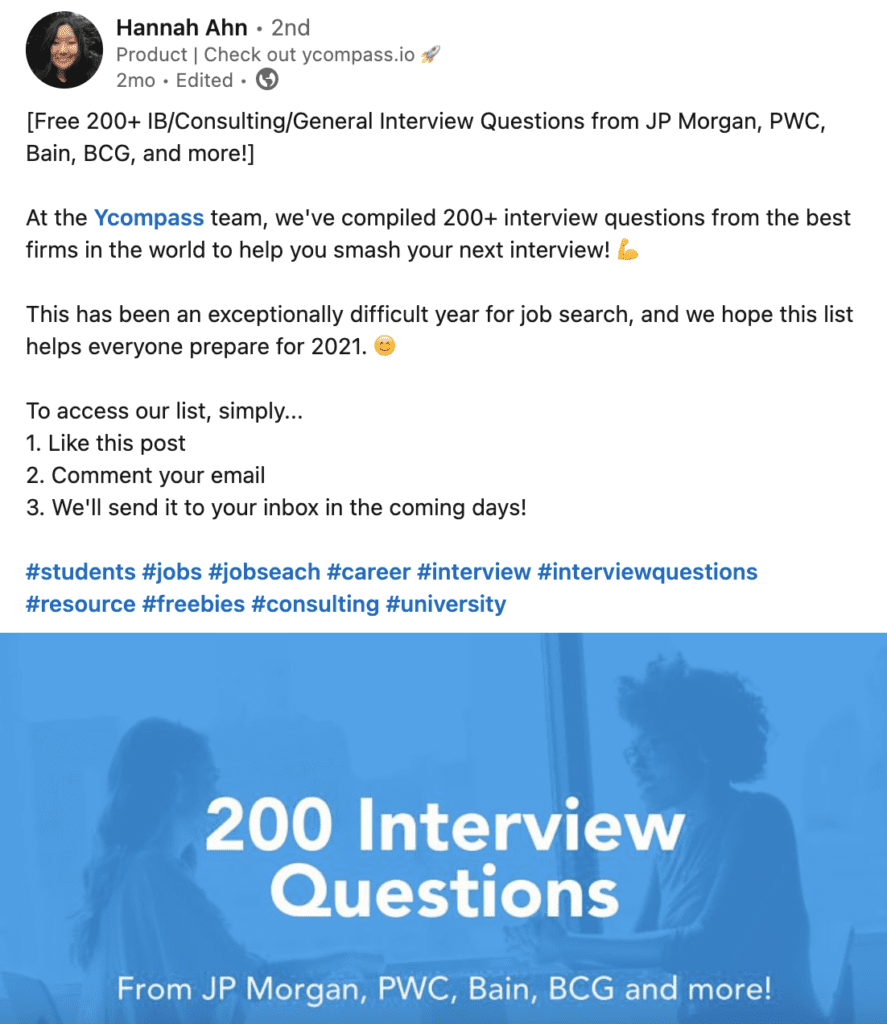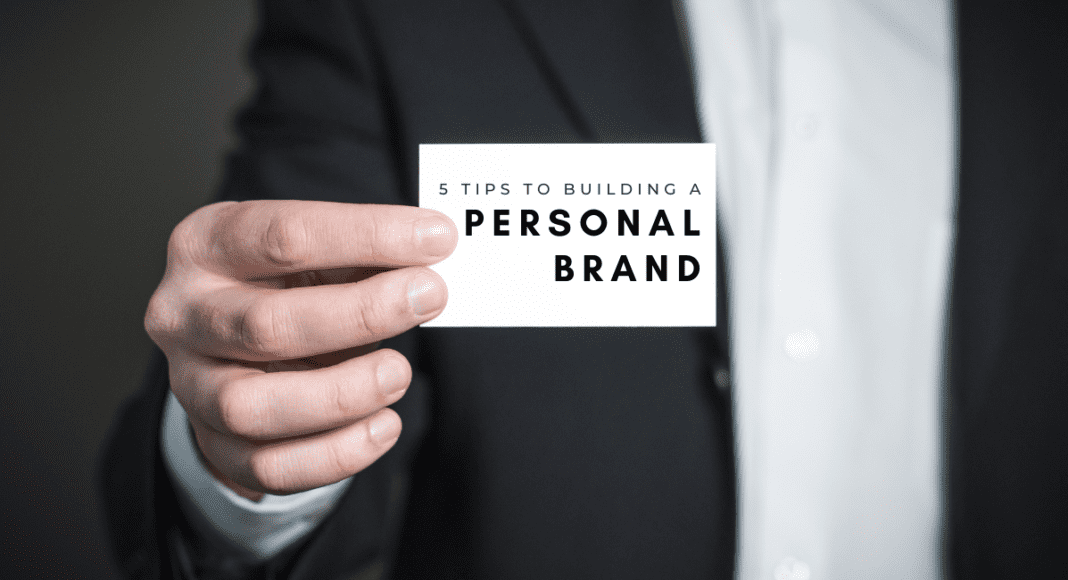“Just do it”, “Think different”, sounds familiar right?
A strong slogan is what helps a brand sustain its success in the market.
But what about a personal brand that’s associated with individuals?
Does a strong personal brand help you stand out amongst your peers?
It does.
When done right, your personal brand can be your most valuable asset.
If that’s the case, then what’s holding people back from building their brand?
It’s mostly because the process itself can be daunting. One of the most commonly faced issues is not knowing where to start.
And if you’re one of them, you don’t have to worry because you’re at the right place.
Here is the ultimate guide to building a personal brand that will help you stand out.
- What is a personal brand?
- How your personal brand becomes your biggest asset.
- Ultimate guide to build a strong personal brand:
What is a personal brand?
A personal brand is a unique combination of experience, skills and personality, that shapes who you are as a person.
In other words, it is how you market yourself and want to be perceived by others.
Similar to a company’s brand, you want your personal brand to be able to communicate the values you stand for and your story to your audience.
Your audience can be anyone, from potential employers to your customers.
Your story plays a major role in building your career.
As more are starting to establish theirs, personal branding is becoming less of a competitive edge and more of a requirement for individuals working in such competitive industries.
On top of that, your brand should emphasize on your strengths and unique attributes to build trust and establish a notable reputation in the market.
With a good reputation, you’ll slowly but surely be able to build credibility and expertise in your corresponding field.
How your personal brand becomes your biggest asset.
Personal brand is key, no matter what occupation you have or which industry you’re working in. Here are some statistics which proves the value of personal branding:
- 85% recruiters say that job candidates’ online reputation affects their hiring decision.
- 90% recruiters say that they conduct online research of potential candidates.
- 78% of hiring managers find the best candidates through referrals.
- Of all Internet users, 65% see online search as the most trusted source of information about people and companies. That’s a higher level of trust than any other online or offline source.
- 92% of people trust individual recommendations more than brands’.
Ultimate guide to build a strong personal brand:
1. Focus on your own identity.
A common mistake when building a personal brand is trying to become everything to everyone.
But just like corporate brands, that’s nearly impossible.
Cooper Harris, CEO and Founder of Klicky, advised people to “decide on a key message and stick to it”.
To find your identity, you can start by asking yourself the following questions:
- In which areas of work do I excel?
- What are my values?
- How do I communicate my values?
- What are my short term and long term goals?
- What brings me joy?
- Why am I doing what I’m doing?
- What are my unique traits?
Getting to know your strengths and weaknesses also helps you to find your unique selling point.
You can leverage on your distinctive traits to help you stand out from others.
On the other hand, you can also discover areas that need improvement and focus on it.
Once you have a more in depth understanding of your personalities’ facets, you’ll know how to brand them better.
Remember, your personal brand will most likely change as your career and life path grows.
Don’t be scared to focus yourself on one specific niche. It’s always better to be an expert in one than average in many.
2. Get to know your audience.
Apart from knowing yourself, you should also determine who you’re trying to reach. Is it potential employers? Potential customers? Investors?
The sooner you define your audience, the easier it will be to craft your personal brand.
Because you’ll have a better direction on what kind of story you should write, how and where it should be written.
Once you’ve identified who your audience is, try to think of their motivations, both personal and professional.
From there, you can identify different opportunities to help them achieve your goal. By helping them do so, you are building yourself some positive reputation and credibility. This, on the other hand, helps you to achieve your own goal of crafting a strong personal brand.
3. Tell a story.
A story is defined as “an account of past events in someone’s life or in the evolution of something”.
Similar to its dictionary definition, you should tell a story that explains how your past makes up or fits into one big puzzle, your present.
Telling a good narrative allows you to turn what can be perceived as a weakness into a compelling strength that will wow your designated audience.
When crafting your story, you should always emphasize on those that bring value to your life.
On top of that, it’s important to ensure that your narrative aligns with your past. It’s never wrong to rebrand yourself for good, but provide reasons why you did it, and how the process came about.
Remember to not abandon your roots, write shady stories or deny your past.
4. Be consistent and authentic.
Just like how McDonalds have settled with “I’m Lovin’ It”, you would also need to make sure that your personal brand remains consistent, both online and offline.
On the other hand, authenticity builds credibility.
Humans tend to believe what they can relate to. This means the raw, unedited version of you.
You should only include those skills, experiences, and values that are true.
Don’t try too hard to be somebody else. Displaying an over-polished persona might portray you as a flawless individual. However, it actually puts a barrier between you and your target audience, making you less approachable.
Integrating authenticity and consistency together, you should live up to the brand you’ve crafted and the values you’ve claimed in every opportunity.
No matter if it’s in terms of how you communicate, present yourself or your interests.
Because tiny inconsistencies can largely derail the personal brand you’ve built.
5. Build your online presence.
Another important aspect of personal branding is building an engaging online presence.
While there are so many social media platforms to choose from, it’s again crucial to ensure that your story remains consistent in all.
But it’s also best to tailor your story according to the audience you are targeting in each platform.
One of the most commonly used platforms to build one’s personal branding is LinkedIn.
LinkedIn is a social media platform that’s specifically designated to connect business professionals. On top of its networking features, the platform is also commonly used to form groups, recruitment, resource sharing, etc.
Here are several tips to effectively build your personal brand on LinkedIn:
Complete your LinkedIn profile.
While this might sound obvious and easy, completing a LinkedIn profile can actually be tedious. It’s uncommon to see users leave some parts of their profile empty.
This is because besides basic information, you’ll also need to list your education, working and volunteer experiences, accomplishments, etc.
If you’re completely new to the platform, you can get started on your profile by looking at your CV or resume. People tend to include information they’ve written on their CV on their LinkedIn.
One important tip is to also include your location on your LinkedIn profile.
According to LinkedIn, including your city can help you stand out up to 23x more in searches.
Empty profiles might not draw in recruiters or even any connections.
And considering how much online presence affects your personal brand, you might want to start competing your LinkedIn profile today.
Use a professional photo.
Did you know that LinkedIn profiles with a professional headshot receive 14 times more visits than those that don’t?
Use a recent photo of yourself.
Remember, you should be the centerpiece, not the background, and not the object you’re holding.
Don’t forget to smile, as recruiters are more likely to visit your profile the more approachable you appear.

Focus on key industry skills.
Recruiters often search for keywords that’s related to the nature of the job they’re trying to fill. That said, it’s important to feature some industry terms in your profile, whether it’s in your headline, summary, etc.
Make yourself as accessible as possible to recruiters.
Don’t forget to include your skills on your “Skills & endorsements” section as well.
Have at least 5 skills listed down to attain more networking opportunities.

Write engaging content.
Similar to other social media’s algorithms, the more interactions your posts get, the more people it will reach.
That said, you should write engaging content once in a while that invites your connections to give reactions or even comment.
Remember to write contents that add value to your target audience.
Don’t post too often either as that might appear as spam to your connections.

Key Takeaway
No matter which stage you’re at within your career, it’s never too late to start building your personal brand.
Who knows, by enhancing your personal brand, you can get more connections, job offers, or even generate more sales for your company.
You might have the best skillsets and the highest achievements in the industry, but without a good personal brand, you might not be able to make use of it to stand out from others in the market.
Tell your story to the world, and spread your values. You can start building your personal brand by creating your own profile on 9cv9’s website. Start building your personal brand today!
Once your personal brand is all set, you can then start reaching out to recruiters and find that dream job of yours!































![Writing A Good CV [6 Tips To Improve Your CV] 6 Tips To Improve Your CV](https://blog.9cv9.com/wp-content/uploads/2020/06/2020-06-02-2-100x70.png)


